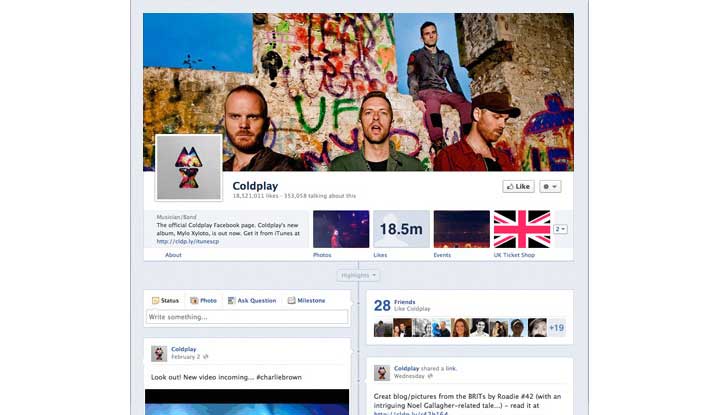Even though I work in social media, when I go home and log into my social networks, I don’t necessarily want to be inundated by ads — especially when they are poorly executed and irrelevant to my personal interests.
Recently, however, I came across an ad for the X-Men movie on my Facebook news feed and it sparked my curiosity, so I clicked on it. This brief social interaction really made me think about consumer behavior in regards to social media advertisements.
While social media is a great advertising platform to reach consumers, arguably the biggest obstacle that digital marketers face is: how do you get people to see the content you publish and most importantly — make sure it is relevant? What makes an online user stop scrolling down their news feed to pay attention to an ad and then engage with it?
While there is no cut-and-dry answer, there are certain social practices you can incorporate into your social media marketing strategy that are bound to produce more engagement.
-
Harness the power of trending topics.
Let’s analyze the first question: What makes you pay attention to an ad? If you think about my earlier example of the X-Men movie, the franchise itself has been around since the 1960s, but the films moved it into popular culture. With over $2 billion in box office sales, the franchise is clearly a trendy topic that the online universe is discussing. And believe it or not, you can use trending topics, like this, to your advantage. The key is to watch out for industry and popular culture trends and capitalize on them by including them in your messaging.
This tactic has proven to be highly effective, as studies show that 58 percent of businesses believe real-time marketing drives revenue (Source: Marketing Charts). Luckily for many advertisers, major search engines and social platforms allow you to view “trending” topics. From there, you can craft advertising content with these topics, and your target audience, in mind.
-
Target a real audience, in real time.
If you look at the performance of dynamic ad serving platforms, you’ll find that personalized advertisements tend to perform better than the ones that do not. Sizmek, an ad management platform, published a white paper analyzing their Dynamic Creative solution, illustrating that marketing campaigns which served hyper-targeted advertisements based on real-time audience data had a 25 percent higher post-click conversion rate (PCCR) than a non-optimized campaign, which only had a 14 percent PCCR. This means that people were more apt to interact with an ad after seeing a hyper-targeted advertisement.
If you extrapolate Sizmek’s results for display advertising and apply it to social media marketing, you’ll find that serving hyper-targeted advertisements is an effective way to increase user engagement and conversion. When brands customize their advertisements based on a specific audience demographic, those ads are bound to be more successful than generic ads that look and say the same thing. Think about it.
If you’re seeing Facebook ads for two businesses, one with content customized to your demographics and psychographics and one that is merely promoting a product, which one are you more likely to click on? Well, according to Social Media Today, 78 percent of CMOs think that custom content is the future of marketing, and they’re right. Meanwhile, content marketing research indicates that 90 percent of consumers find custom content useful, and 78 percent of them believe that the organizations behind the content are interested in building good relationships (Source: Writtent.com).
-
Analyze, analyze, analyze.
Once you create your ad, the next step is to analyze your advertisement. How is it performing? Who’s clicking on it? What are they doing after they see your ad? These are all important questions to which you should have answers, because in order to gauge proper ROI, you can analyze the elements of your ad to assess those that work and what doesn’t. Once you determine how online users are receiving your ad, you can tweak it based on these results.
Social media has become an absolute powerhouse for every brand and marketer to reach their audience, but it’s not just about posting content on your profile. It’s about creating community, building brand trust and loyalty, and generating conversations between brands and their followers. It’s about making information up-to-date, accessible, and trendy. Therefore, custom ad content is absolutely key in any successful marketing campaign strategy.
This article has been edited and condensed.
Samantha Pena is a business blogger writing on behalf of Hudson Horizons. Her main focus and passion is creating amazing content that is accurate, up-to-date, and (most importantly) interesting. Her main obsessions are social media, trending topics, and anything web-related. You can check out her latest posts on her Google+ page. Connect with @hudsonhorizons on Twitter.
© YFS Magazine. All Rights Reserved. Copying prohibited. All material is protected by U.S. and international copyright laws. Unauthorized reproduction or distribution of this material is prohibited. Sharing of this material under Attribution-NonCommercial-NoDerivatives 4.0 International terms, listed here, is permitted.













